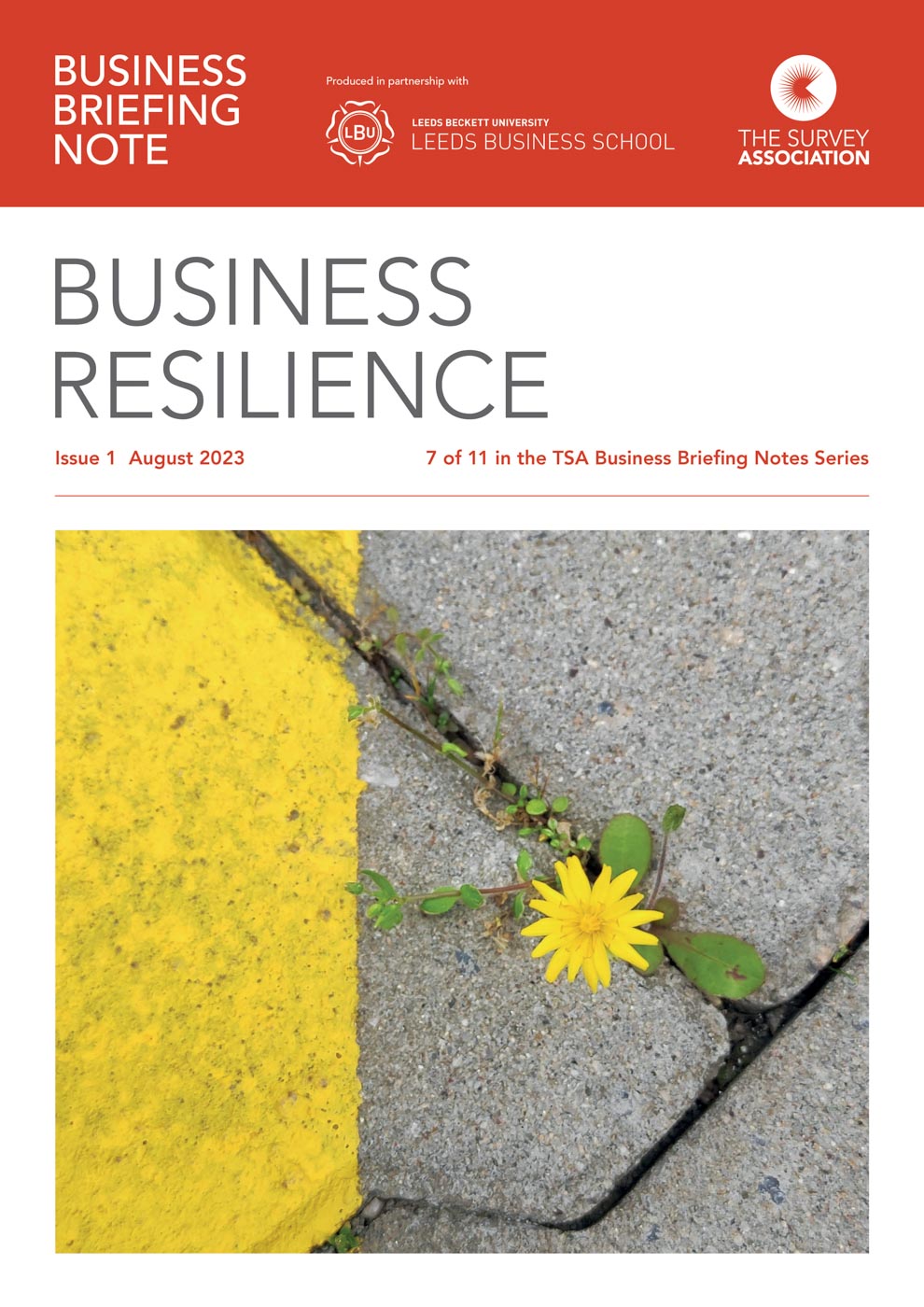Published: 21 Aug 2023
What does business resilience really mean? According to Dr Ben Mitchell, at The Retail Institute at Leeds Business School, business resilience can be defined as the way in which business leaders rise to the challenge of managing the pressing daily demands of work, while ensuring that their organisation is ready for whatever problems and opportunities may present themselves in the future.
In Business Resilience, the latest in our series of Business Briefing Notes for members, Dr Mitchell reveals what enables resilience and breaks down the three stage cycle of business recovery, business continuity and business resilience.
In recent years, following the Covid-19 pandemic, the chances are that most businesses have experienced at least two phases of this three stage cycle. The recovery stage is when you have to respond to an immediate crisis. The recovery period is where you start to operate in a ‘new normal’ and the resilience phase is where you take action to protect yourself from possible future crises.
In common with other experts in this series, Dr Mitchell highlights the importance of cash flow, particularly having cash in hand for times of crisis. He highlights some key steps to make sure this happens.
Business continuity during and post Covid-19
In terms of business continuity, Dr Mitchell highlights that some TSA members learned that their business was relatively resilient and agile, with staff able to work independently quickly, adapting to new safety guidelines. He makes an interesting suggestion that this agility may have something to do with land surveying being risk-focused anyway, so very able to adapt to new protocols.
A business must recognise its own vulnerabilities before it can understand resilience, including acknowledging its position in the ‘vulnerability chain’. This chain includes suppliers, so it is important to have reliable alternatives. It also includes customers, who can create vulnerability themselves in the form of issues around cash flow, changing their requirements or turning to competitors.
Models of organisational resilience
The guide identifies a variety of models of organisational resilience, offering different perspectives on managing internal and external factors that affect it. It breaks down different types of organisational resilience too, before outlining how personal resilience can help you, as a leader, run your organisation.
Dr Mitchell ends his briefing note with a warning that surviving pandemic-related stress and uncertainty is not a sure indicator that a business will navigate the next emergency unscathed. There is no room for complacency for business owners. Building resilience involves prevention, progression, consistency, flexibility and a collective growth mindset too.
The full Business Resilience Briefing Note is available now to download from our website. You can find all the Business Briefings available so far to download here, as part of our commitment to help our members build a better business.

